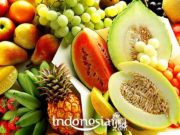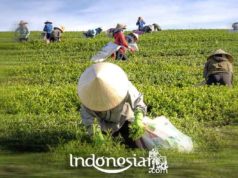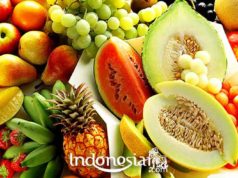Opak is a typical Sundanese food from West Java, made from rice flour or tapioca flour. The nutrients contained in opaque are carbohydrates. The basic ingredients for making opaque are rice flour, salt, sugar and other seasonings. Then the basic ingredients are mixed into a dough. The dough is then dried. Once dry, then roasted over coals.
To find out and try to eat opa, now there are opak sold in markets and supermarkets, both in ripe and raw conditions.
Even though it is seen as a market snack, opak has various types. Anything? Here Indonesiar.com Summarize the various types of opaque.
Chives Opak
Opak Kucai is made from cassava, spices, and of course the chives. The opaque is thin and the leaves are plentiful, surrounding the opaque and adding to its delicious taste. Some supermarkets or markets sell this type of opaque.
Opak Gendar
Some people call it opak melasi. This opak is made from rice. It can be rice that has been melted, or rice that is new. Rice that is not eaten or left over. But, not stale rice. Every day, sometimes there is leftover rice at home, rather than mubadzir, it is better to make Opak Gendar. The basic ingredients are rice, bleng and spices.
Opak Santir
Opak Santir is now becoming rare. Maybe because making it requires a long process, so manufacturers prefer to produce other types of Opak. Opak Santir is made from cassava. Generally, in the village as souvenirs when visiting babies.
Opak Ilat Biasa
Opak Ilat is the easiest to find and most often found on the market. Almost similar to Opak Kucai. Apart from the many producers of opaque ilate, the manufacturing process is the easiest and not too adventurous. There are two shapes of Opak ilat, round and elongated like ilat (tongue). I like both. The basic ingredients are cassava and spices. Some use a few chives, some are plain.
Opak Angin
Well, this Opak Angin can be enjoyed when you are in Wonosobo. Opak Angin is produced by the people of Mojotengah, Wonosobo. The basic ingredients are glutinous rice mixed with spices that add to this opaque savory. Why is it called Opak Angin? We do not have clear information about the naming of this type of opaque.
Thus this article we created to add to your insight about some typical Indonesian snacks, one of which isopak. That’s all and thank you and share this information and become a loyal reader of Indonesiar.com.



































